New figures published by Google about its autonomous vehicle development reveal that test drivers had to re-take control of its cars a total of 13 times over two months in near-miss incidents.
Drivers were also handed back control thanks to 272 recorded technical issues, comprised of both software and hardware failures, illustrating how much work is still to be done before Google’s self-driving vehicles can reliably and safely operate unaided.
The figures were collected between 24 September and 30 November 2015, as ordered by the California’s Department of Motor Vehicles, and account for a total of 424,331 test miles covered by Google’s fleet, which is made up of modified versions of the Lexus RX450h and electrically-powered Google Koala test cars.
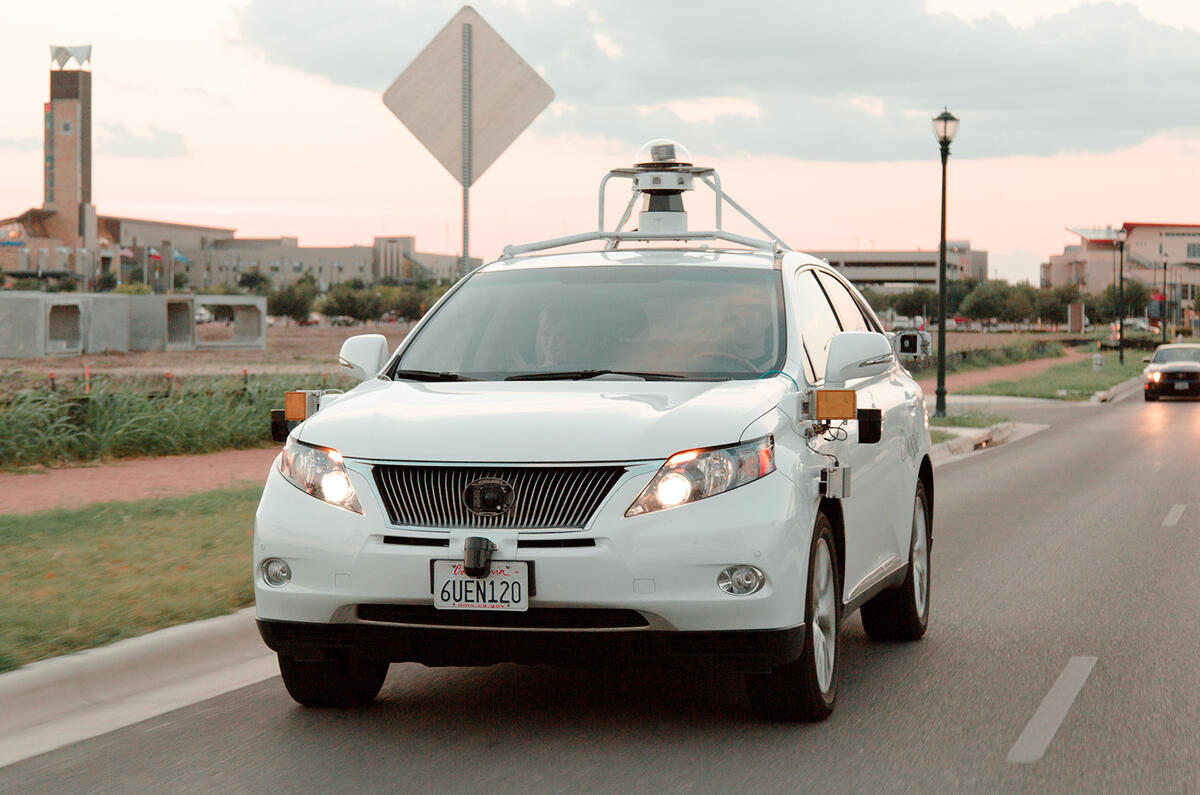
Of the recorded incidents, Google reports that 69 disengagements were due to concerns for safety, although only 56 of those account for real-life situations. The other 13 were ‘simulated contacts’, events that are digitally replayed versions of previous disengagements on Google’s online simulator. The simulator drives more than three million virtual miles each day and is said to be able to predict the reaction of human drivers, cyclists and pedestrians to determine whether a test driver’s intervention was necessary.
In quarter four of 2014, Google’s cars covered an average of about 600 miles per disengagement. That figure improved substantially to about 2900 miles a year later, although that increase is largely attributed to increased technical reliability. Safety-related disengagements actually increased in quarter three and four of 2015, with the average miles per incident dropping from about 9000 in Q2 2015 to 6000 in Q4.
Google insists these numbers aren't entirely representative of safety, saying "the 56 events would very likely not have resulted in a real-word contact if the test driver had not taken control".

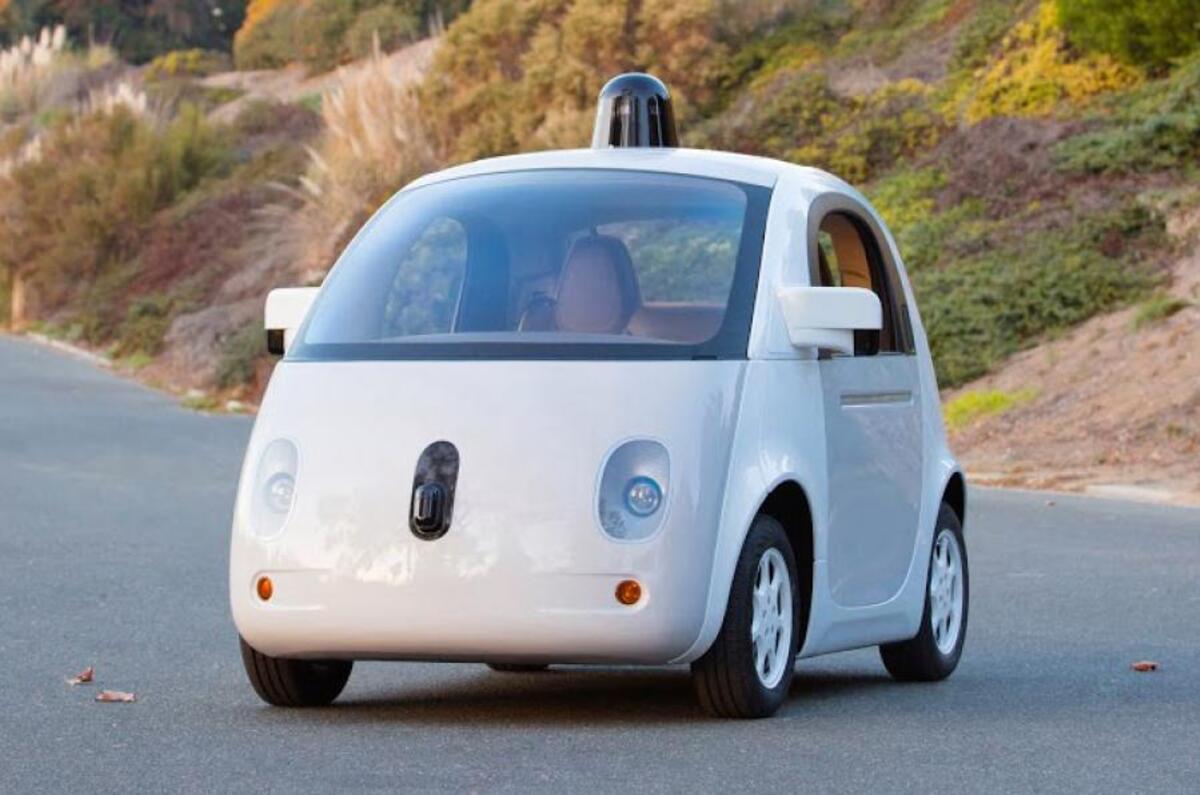
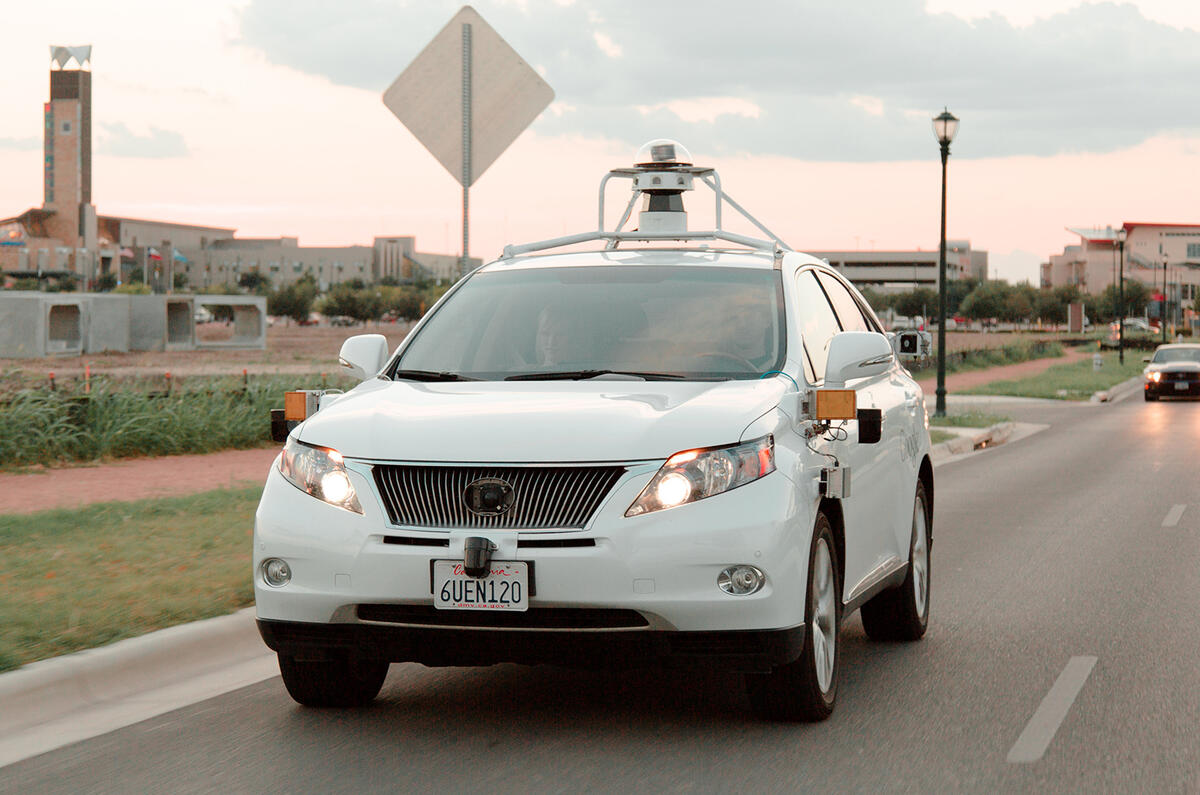
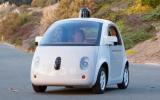
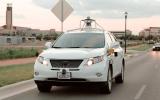


Join the debate
Add your comment
Autonomous Vehicles
It would provide a controlled environment where a flexible mix of passenger and freight vehicles could test the technology.
Costs would be lower than Rail or Light Railway. Various vehicle sizes could be trialed, mixed classes of service, flexible service times and access points. Freight in containers taken off motorways, ditto coach services.
The capacity of the route would increase massively. Ticketting via stations or more likely mobile devices.
Just a thought!
Don't know about you, but 99
Sounds like normal part of testing anything to me
Great progress
Beebrave wrote: I totally
You may well be right old son but for 99.9% of the world driving is part of your life style, pleasure and fun. The other 1% covers those idiots who shouldnt be driving anyway
5wheels wrote: Beebrave wrote
The point I was trying to make is that if all of the cars during the trial had been self-driving, then there would have been fewer accidents. PS. 99.9 plus 1 = 100.9. Old son.